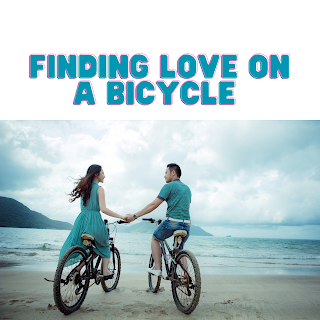Pedal Your Way to Love: How to Find a Romantic Match Using Your Bicycle
Join a cycling club: Joining a cycling club can be a great way to meet new people who share your passion for cycling. Many cycling clubs offer group rides, events, and social gatherings that can provide opportunities to meet potential romantic partners. You can also use online platforms like Meetup or Strava to find local cycling groups and events.
Attend cycling events: Cycling events like races, charity rides, or bike tours can be an excellent opportunity to meet new people and potential romantic partners. These events often attract a diverse group of people with different backgrounds and interests, making it easier to find someone who shares your values and passions.
Use a bike-sharing program: Many cities now offer bike-sharing programs, which can be a convenient and eco-friendly way to explore the city and meet new people. You can use bike-sharing programs to go on solo rides or join group rides organized by the program. Some programs also offer dating events or match-making services specifically for cyclists.
Use dating apps for cyclists: There are several dating apps and websites that cater specifically to cyclists, such as Biker Planet, CyclingSingles, and PedalHarmony. These platforms can provide a great opportunity to meet other cycling enthusiasts and potential romantic partners. You can create a profile, share your interests and cycling experiences, and browse through other users' profiles to find a match.
Plan a cycling date: Once you've found a potential romantic match who shares your interest in cycling, plan a cycling date. Cycling dates can be a fun and unique way to get to know someone while enjoying the outdoors and getting some exercise. You can plan a scenic route, stop at a local café, or pack a picnic to enjoy along the way.
Using your bicycle can be a fun and unique way to find a romantic match. By joining a cycling club, attending cycling events, using bike-sharing programs, using dating apps for cyclists, and planning cycling dates, you can meet new people and potentially find a romantic partner who shares your passion for cycling. So get on your bike, hit the road, and see where your cycling adventures take you!
Here is my next post: Why the Bicycle World Reigns Supreme



Comments
Post a Comment